We dream to catch a whale, on the Steemit. We do not kill whales in steemit. My 3d art work.
I am glad that we do not kill whales in the community steemit. My dream is to ban slaughter of whales in the world.
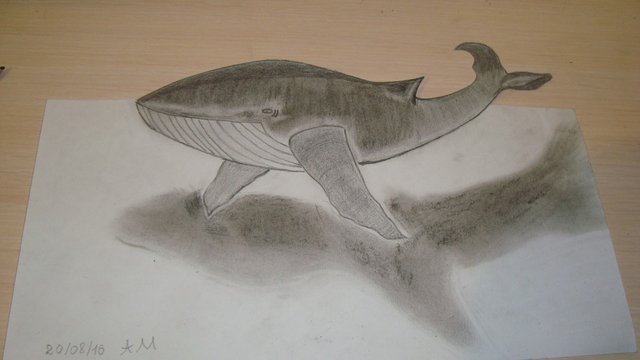
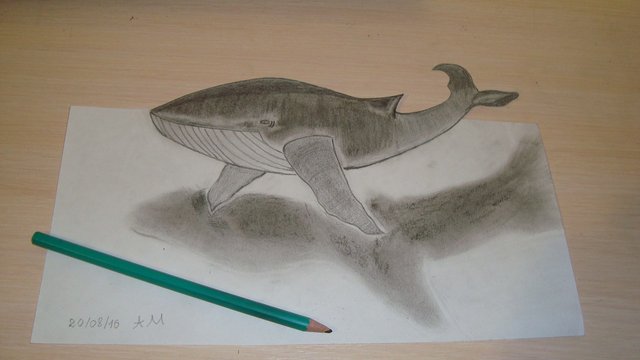
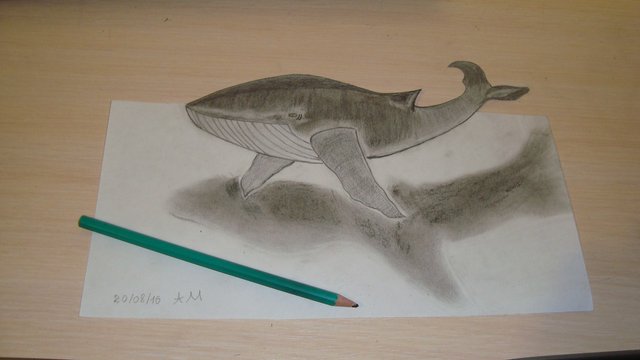
Source: https://en.wikipedia.org/wiki/Watermelon
Whaling
Whaling is the hunting of whales purportedly for meat, oil, blubber, and scientific research. Its earliest forms date to at least circa 3000 BC.[1] Various coastal communities have long histories of subsistence whaling and harvesting beached whales. Industrial whaling emerged with organized fleets in the 17th century; competitive national whaling industries in the 18th and 19th centuries; and the introduction of factory ships along with the concept of whale harvesting in the first half of the 20th century. By the late 1930s, more than 50,000 whales were killed annually[2] In 1986, the International Whaling Commission (IWC) banned commercial whaling in order to increase the whale stock.
Contemporary whaling is subject to intense debate. Pro-whaling countries, notably Japan, Norway, and Iceland, wish to lift the ban on certain whale stocks for hunting.[3] Anti-whaling countries and environmental groups oppose lifting the ban.
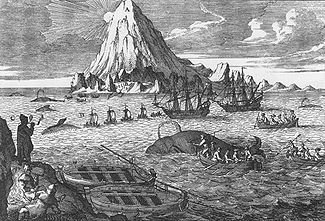
History of whaling
Whaling began in pre-historic times and was initially confined to (near) coastal waters. Early whaling affected the development of widely disparate cultures – such as Norway and Japan.[4] The Basques were the first to catch whales commercially, and dominated the trade for five centuries, spreading to the far corners of the North Atlantic and even reaching the South Atlantic. Although prehistoric hunting and gathering is generally considered to have had little ecological impact, early whaling in the Arctic may have altered freshwater ecology.[5] The development of modern whaling techniques was spurred in the 19th century by the increase in demand for whale oil,[6] sometimes known as "Train Oil" and in the 20th century by a demand for margarine and later meat.
Modern whaling
A modern whaling vessel
Whale oil is used little today[7] and modern commercial whaling is primarily done for food. The usage of whale products has somewhat reversed from the early days, with meat being the primary product of sale, and blubber being rendered down mostly to cheap industrial products such as animal feed or, in Iceland, as a fuel supplement for whaling ships. The primary species hunted are the common minke whale and Antarctic minke whale, two of the smallest species of baleen whales. Recent scientific surveys estimate a population of 103,000 in the northeast Atlantic. With respect to the populations of Antarctic minke whales, as of January 2010, the IWC states that it is "unable to provide reliable estimates at the present time" and that a "major review is underway by the Scientific Committee."[8]
International cooperation on whaling regulation began in 1931 and culminated in the signing of the International Convention for the Regulation of Whaling (ICRW) in 1946. Its aim is to:
provide for the proper conservation of whale stocks and thus make possible the orderly development of the whaling industry.[9]
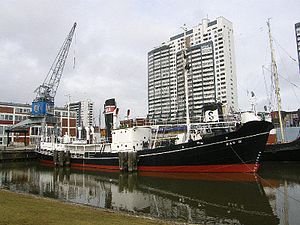
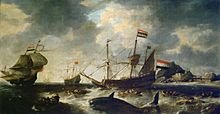
Please do not kill whales in real life either - thank you !